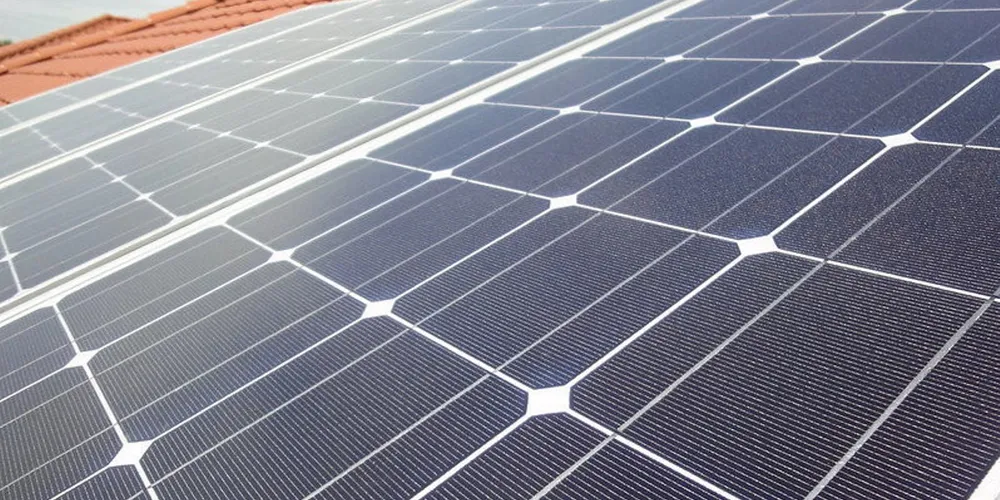Stall or surge? | Energy transitions 'from Europe to Asia' face war on Ukraine impact: UN
Rapid growth in wind and solar plant build in nations across eastern Europe, Caucasus and central Asia has been hobbled by Russian invasion, but energy crisis could accelerate clean-energy deployment, says new report from United Nations arm
